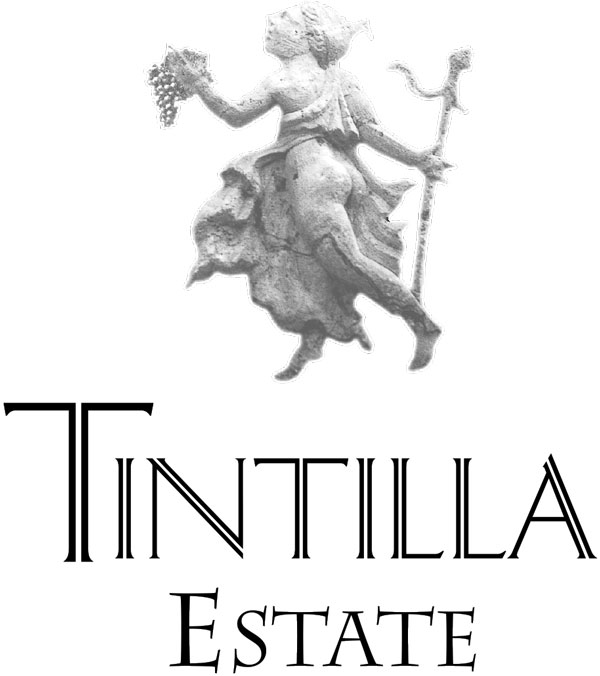
Bob’s Blog: Budburst, grape expectations & a warning

Over how many millennia have the expectations of grape growers been raised by the first appearance of leaves on their vines. The sign of a new vintage and all that implies. We share a common experience with the ancient Assyrians, Egyptians, Persians, Greeks and Romans and all who lived around the Mediterranian sea.Wine played an important role in early western civilization, indeed the Greeks followed their God Dionysos – God of winemaking, grape harvest, and fertility, from the 7th century BC or possibly earlier. The Mycenaean Greeks some 1500 years BC and in ancient Crete traces of the cult of Dionysian followers have been found.Importantly the vines traveled from the fertile crescent in the Middle East to Greece, and all ports west as our civilization developed. Interest in the vine continued to the New World, even the First Fleet brought Vines to Sydney.

The movement of vines seemed a safe thing to do until interest in North American grapes led to their transportation to England and then Europe. A new device to transport live vines across the ocean rather than cuttings was employed. Unfortunately along with these grapes in the soil came a bug, known as phylloxera, which eventually wiped out the native vines of Europe. So when we see our Hunter vines bursting anew we are all aware of the enormous risk they carry from the potential infestation.

There is something truly remarkable in the development of the grapevine buds. These buds develop in the previous season a period known as ‘Conditional Dormancy’ which later translates to “organic Dormancy” in Autumn – a time when no matter what, the buds won’t burst. In preparation for winter, the vines shut down, reducing their water content and building soluble proteins in the bark. They also undergo adjustments to withstand temperature changes but are capable of some basic metabolic functions using the energy from carbohydrates stored in the roots, trunks, and cordons. This is why it is important to look after the vines after harvest, enabling the build-up of starches to set the vines up for budburst.Towards the end of winter, the air temperature starts to rise and this is paramount in effecting budburst. Higher temperatures in late winter can advance the onset of Budburst as we have seen in the last few years. Budburst is positively correlated with soil temperature. Interestingly each varietal has its own inbuilt mechanism for responding to the summation of temperatures from mid-winter and to soil temperature. This leads to budburst occurring in Sangiovese and Chardonnay earlier than Semillon and Shiraz and then Cabernet Sauvignon being some 3-4 weeks later.

Depending on the vineyard site, minor adjustments can be made. In frost prone sites, the timing of the winter pruning later can delay budburst till the risk of frost has gone.In the Hunter, a summer rainfall challenged area, we start our spray programme at this time. Prevention being better than attempted cure.A timely warning was delivered at a recent Spring Vine Health Day by the department of primary industries in the Hunter Valley about the risk of phylloxera with the chilling example of what has very rapidly happened in the Yarra Valley.Back in the mid-1870’s when the aphid-like bug appeared in Victoria, the Yarra was spared but now it is active right in the heart of the valley. The 2017 boundary extension is the sixth expansion of the original Maroondah phylloxera infested zone (PIZ), which was established in 2006.

At the time of its arrival in Australia, it wiped out the vineyards of Sydney including my families Smithfield vineyards, and much of Victoria. The Hunter was spared as was South Australia and as a result of many commercial vineyards still are at risk being planted on their own Vitus vinifera rootstock..Throughout Europe and California, the vast majority of Vitis vinifera vines are grafted onto American rootstocks to protect them from the bug, as this rootstock is resistant to it.For those unfamiliar with it, the little yellow bugs develop a crawler stage and are active in the summer months. It can be spread via clothing, footwear, vehicles, vineyard equipment and machinery and on grapevine material.

Biosecurity has become an important issue with respect to our industry. We are at risk from the accidental transfer of the bug into our Hunter Phylloxera free zone and with Sydney being so close and visitations being encouraged the chances of infection increase
I have used the following sources:
iti-notes; bud dormancy and budburst AWRI www awri.com.au
Phylloxera Management Zones in Australia; vinehealth.com.au
Photos of budburst by Neal Crisford
Phylloxera images Wikipedia
#aroundhermitage #huntervalley #bobsblog #tintillaestate#thegoodlife
Author: Robert Lusby AM ©Around Hermitage Association
